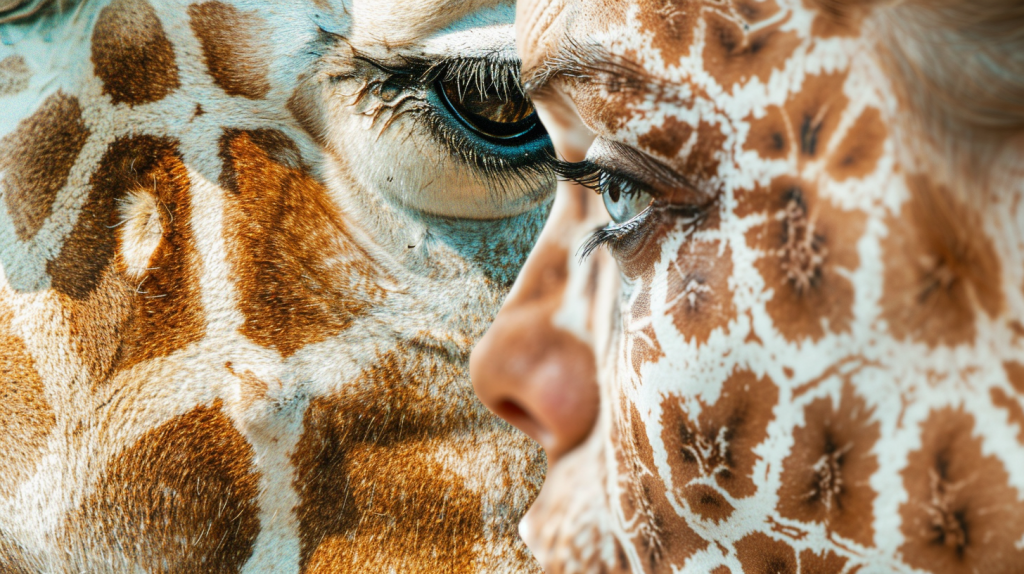Curiosity about the world drives us to discover amazing facts about everyday things. Whether it’s the smallest mammal, an astronaut’s origin, or surprising trivia about galaxies, there’s always something new to learn. Why not take a moment to enrich your mind with some fascinating nuggets of knowledge?
We love learning random, interesting snippets that add to our understanding of the world. From biology to space and everything in between, a wide range of topics can spark your curiosity.
1. Bananas are berries, but strawberries aren’t
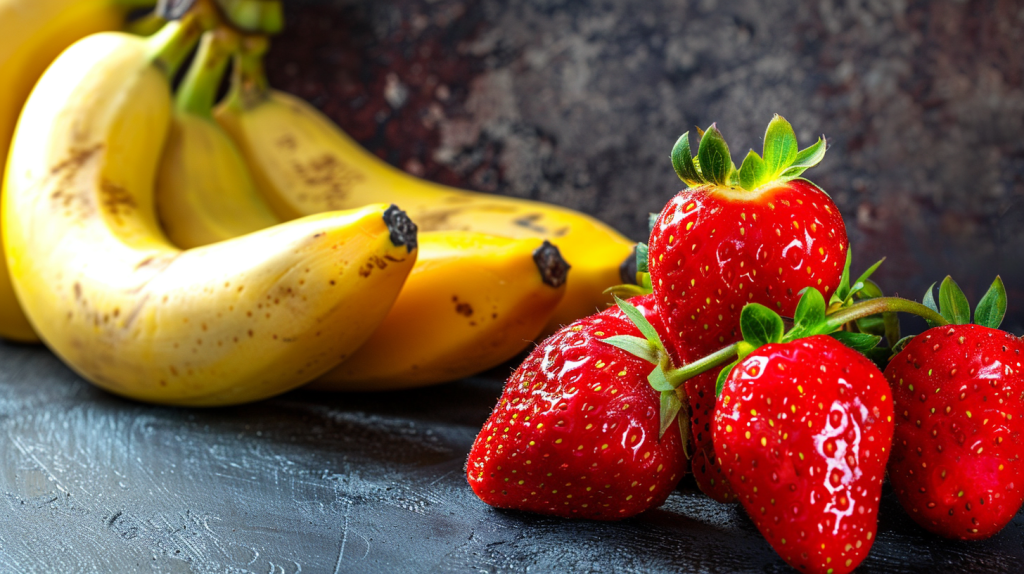
You might find it surprising that bananas are considered berries, while strawberries are not. This scientific classification comes from botany.
In botany, a berry is a fruit that develops from a single ovary and typically has multiple seeds. Bananas meet these criteria.
On the other hand, strawberries develop from a flower with multiple ovaries, so they don’t fit the botanical definition of a berry.
2. Octopuses have three hearts
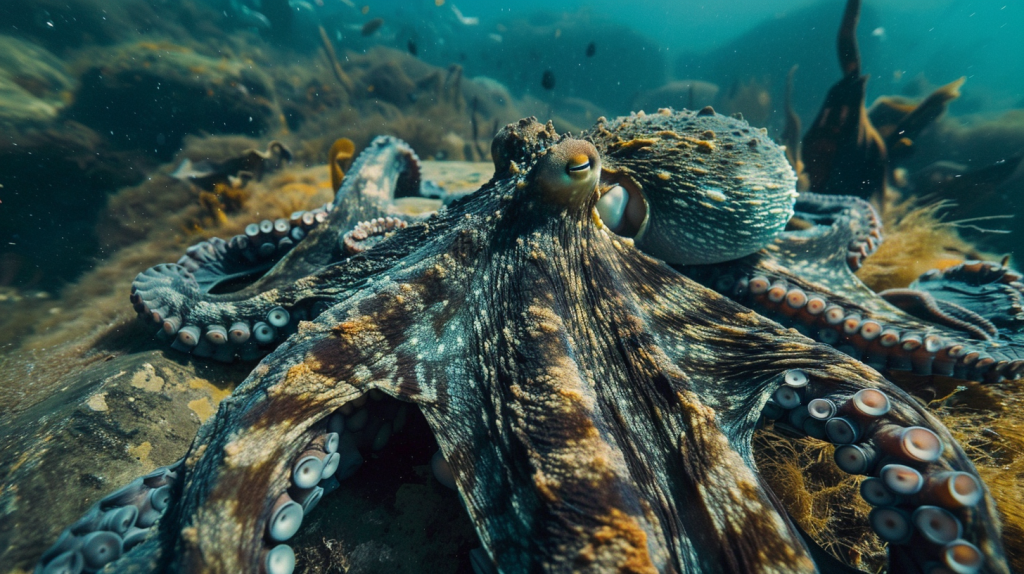
Octopuses are fascinating creatures with three hearts. Two of these hearts, called branchial hearts, pump blood through the gills where it gets oxygen.
The third heart, known as the systemic heart, circulates the oxygen-rich blood to the rest of the body.
This unique system helps octopuses meet their high oxygen needs, especially when they are swimming or escaping predators.
3. Honey never spoils
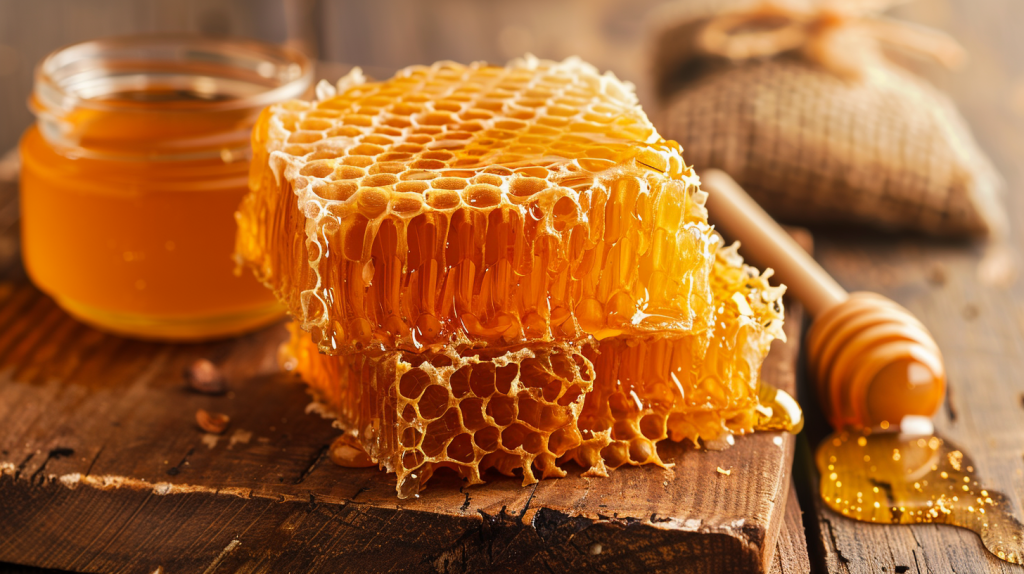
Honey, when stored in an airtight container, never spoils. This is because it has natural preservatives.
Its low water content makes it difficult for bacteria to survive. Honey also has an acidic pH, which helps stop the growth of microorganisms.
Ancient honey, found in Egyptian tombs, was still good to eat. This makes honey one of the few foods that can last for thousands of years.
4. Humans and giraffes have the same number of neck vertebrae
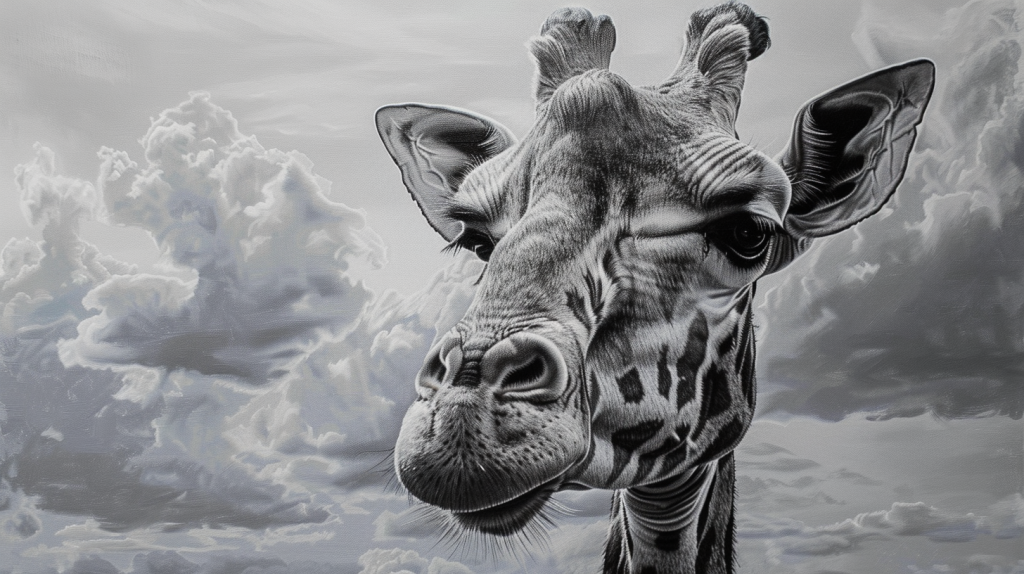
Humans and giraffes both have seven neck vertebrae. Despite the massive difference in neck length, the number of bones in their necks is the same.
These neck bones, or cervical vertebrae, are much larger in giraffes. Each vertebra in a giraffe can be up to 10 inches long. In contrast, human neck vertebrae are much smaller.
This similarity shows how diverse life forms can share common traits. Both species belong to the group of mammals, where most have seven vertebrae in their necks.
5. A day on Venus is longer than a year on Venus
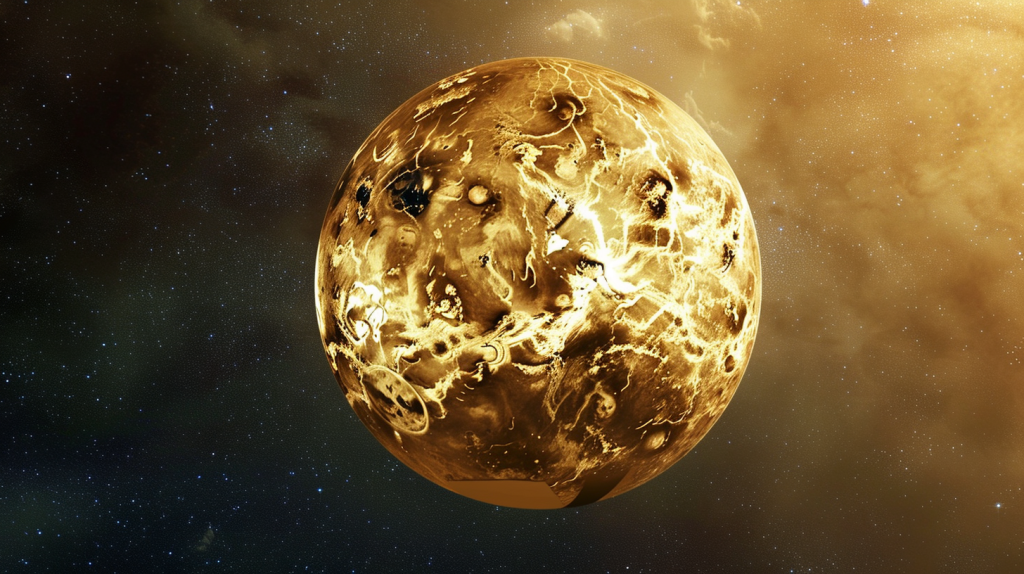
Venus has a unique rotation and orbit. It takes the planet about 243 Earth days to rotate once on its axis. This means a single day on Venus, from sunrise to sunrise, is very long.
On the other hand, Venus orbits the Sun in about 225 Earth days. This shorter period makes a Venusian year quicker than one of its days. The atmosphere of Venus is thick and stormy, acting like a brake on its rotation, which plays a role in this unusual day length.
6. Sharks can live for five centuries.
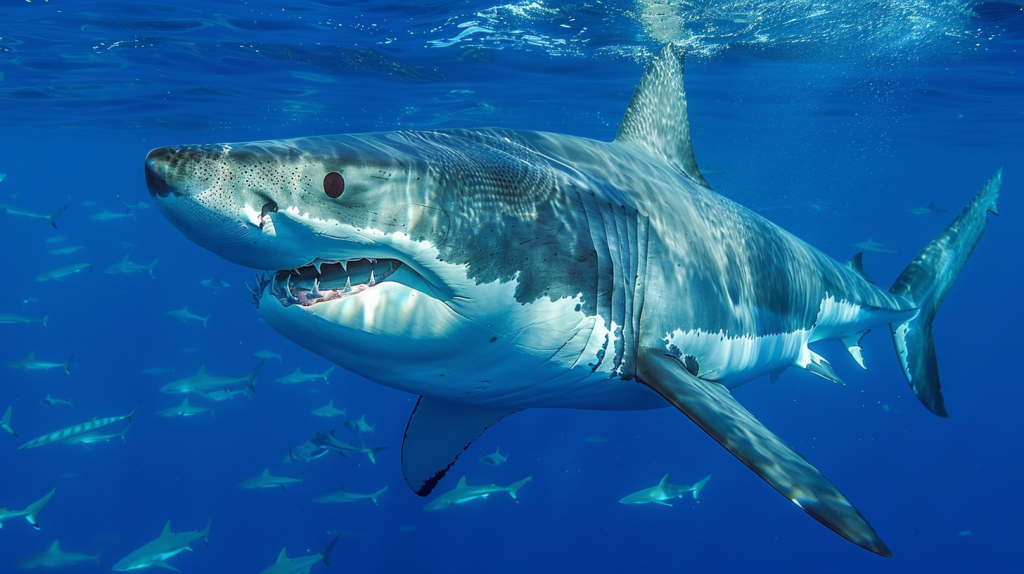
Some sharks can live an incredibly long time. For instance, Greenland sharks are known to live up to 500 years. This makes them one of the longest-living vertebrates on Earth.
These sharks live in the cold waters of the North Atlantic and Arctic Oceans. Their slow metabolism and frigid habitat likely contribute to their long lifespan.
Sharks like these continue to fascinate scientists and shark enthusiasts alike.
7. Koalas have fingerprints similar to humans.
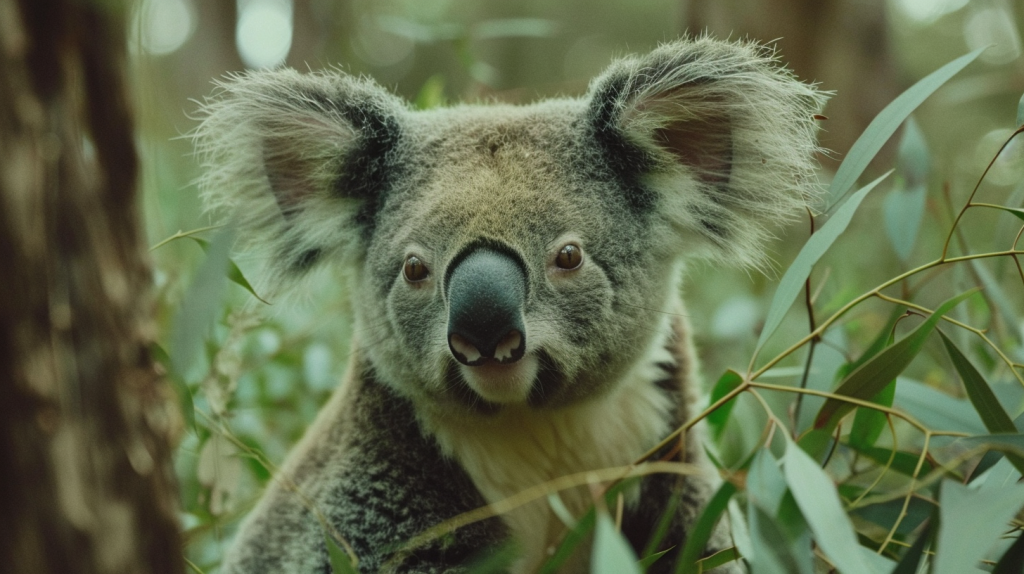
Koalas have fingerprints that are almost identical to human ones. The loops and whirls in their fingerprints look very similar to ours. Even under a microscope, it can be hard to tell a koala print from a human print.
Koalas and humans both use their fingerprints for gripping objects. Scientists think this is due to convergent evolution. This means that both species developed similar traits to solve similar problems, like grabbing onto things.
8. There are more possible iterations of a game of chess than there are atoms in the known universe
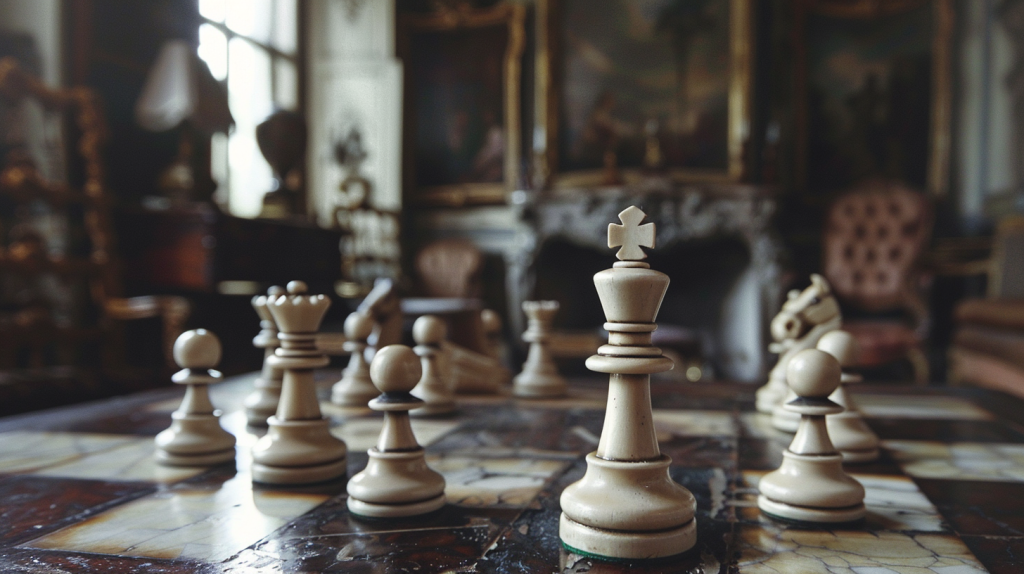
The game of chess has an almost endless number of possible iterations. It’s estimated that there are around 10^120 possible iterations of chess games. This number is much bigger than the number of atoms in the known universe, which is about 10^80.
The complexity of chess makes each game unique and endlessly fascinating.
9. The Eiffel Tower can be 15 cm taller during the summer

When it’s hot in Paris, the Eiffel Tower does something cool. It grows taller by about 15 cm or roughly 6 inches.
This happens because of thermal expansion. The metal in the tower expands when it gets warm.
Temperature changes can make large structures like the Eiffel Tower appear to grow or shrink. This is a natural process.
10. Venus is the only planet that rotates clockwise
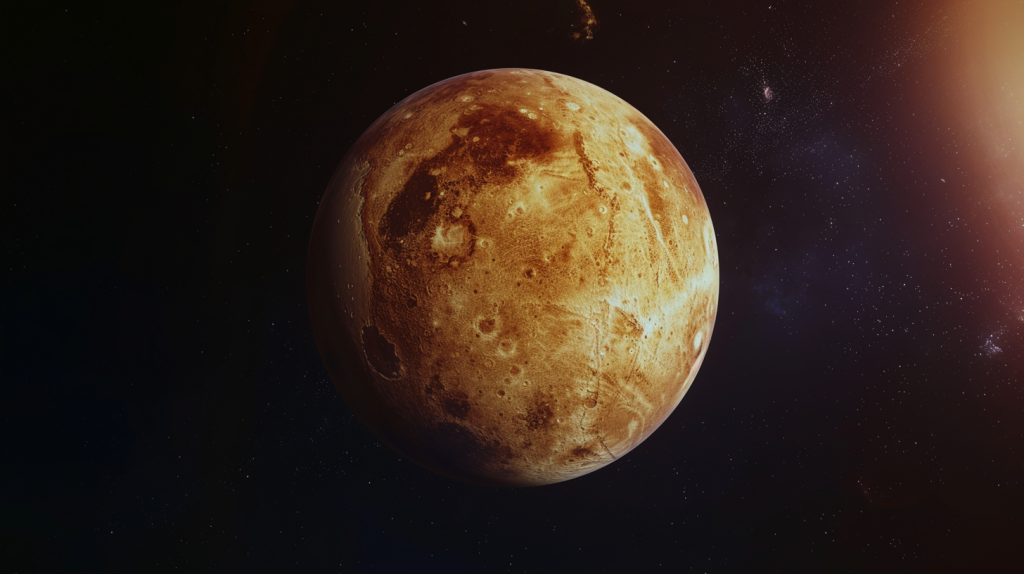
Venus is unique in our solar system because it rotates clockwise. This is called retrograde rotation. Most other planets spin counterclockwise.
The reason for Venus’ retrograde rotation is a mystery. Some scientists think it might be due to a collision with another celestial body. This collision could have caused Venus to spin in the opposite direction.
Venus’ rotation makes a day on Venus longer than a year on Venus.
11. Wombat poop is cubic-shaped.
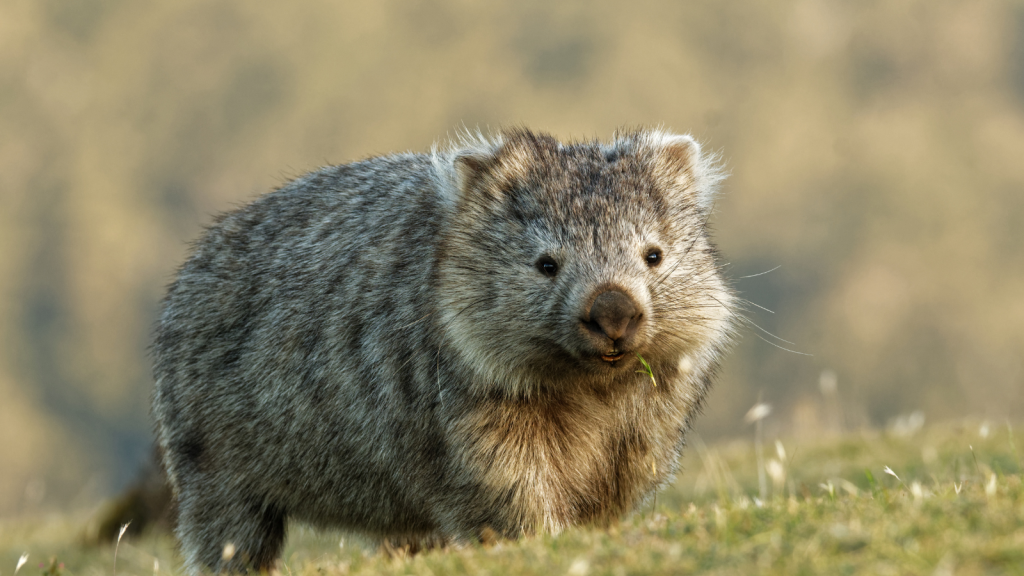
Wombat poop is unique because it comes out in cubes. Scientists have figured out that the wombat’s intestines cause this shape. Their intestines dry out the poop, and muscle contractions form the cubes.
Wombats often use their cube-shaped poop to mark their territory. The cubic shape helps the poop stay in place, preventing it from rolling away. This unusual trait makes them one of a kind in the animal kingdom.
12. Sea otters hold hands when they sleep to keep from drifting apart
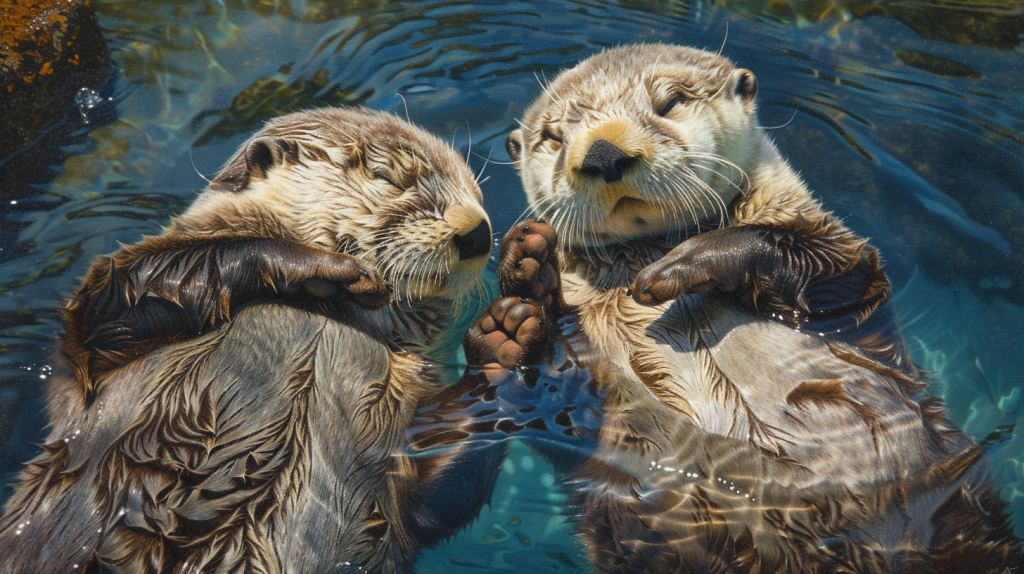
Sea otters display a charming behavior: they hold hands while sleeping. This keeps them from drifting away in the water. By holding hands, they create a “raft” that ensures their safety and helps them stay close together.
Sea otter mothers hold hands with their pups. This keeps the babies safe and close while they sleep. It also helps the mothers protect their young from predators.
13. A cow-bison hybrid is called a Beefalo
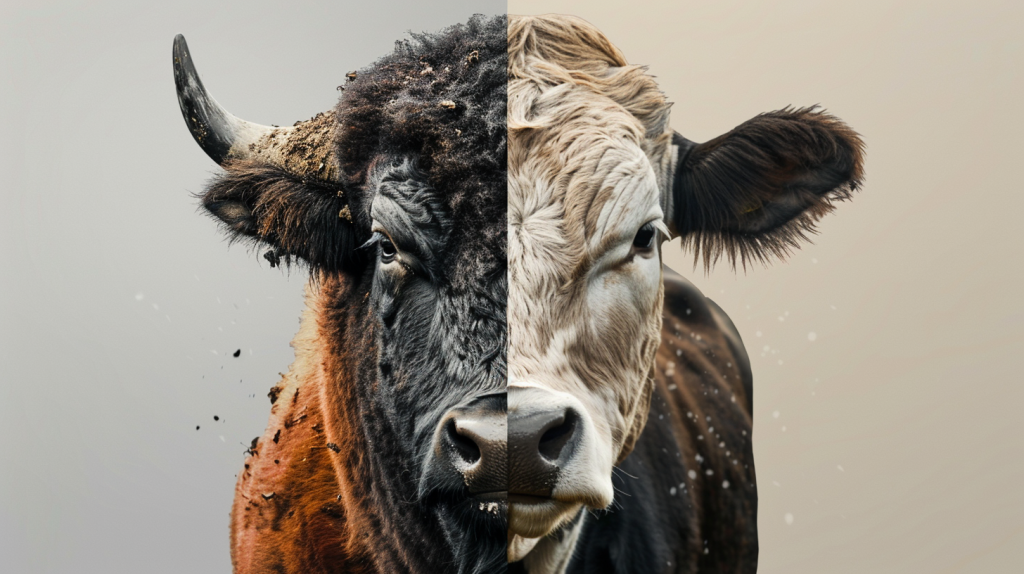
A cow-bison hybrid, known as a beefalo, is an interesting mix of domestic cattle and bison. This animal combines traits from both parents. Beefalo are typically 3/8 bison and 5/8 domestic cattle.
They have lean meat like bison but are easier to raise, reflecting the docile nature of cattle. They are often touted as a healthy meat option for the future.
14. A Single Strand of Spaghetti Is Called a Spaghetto
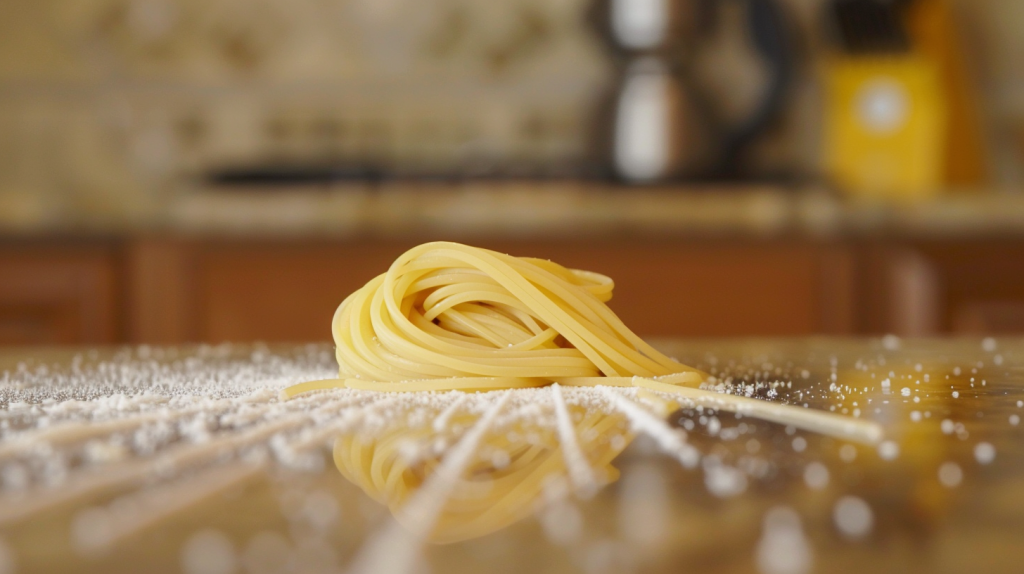
Did you know there is a specific term for a single strand of spaghetti? It’s called a spaghetto. This comes from the Italian word “spago,” which means “string” or “thin rod.”
Most people use the term spaghetti for the whole dish. Next time, you can impress your friends with this fun fact!
15. ‘The quick brown fox jumps over the lazy dog’ uses every letter in the English language
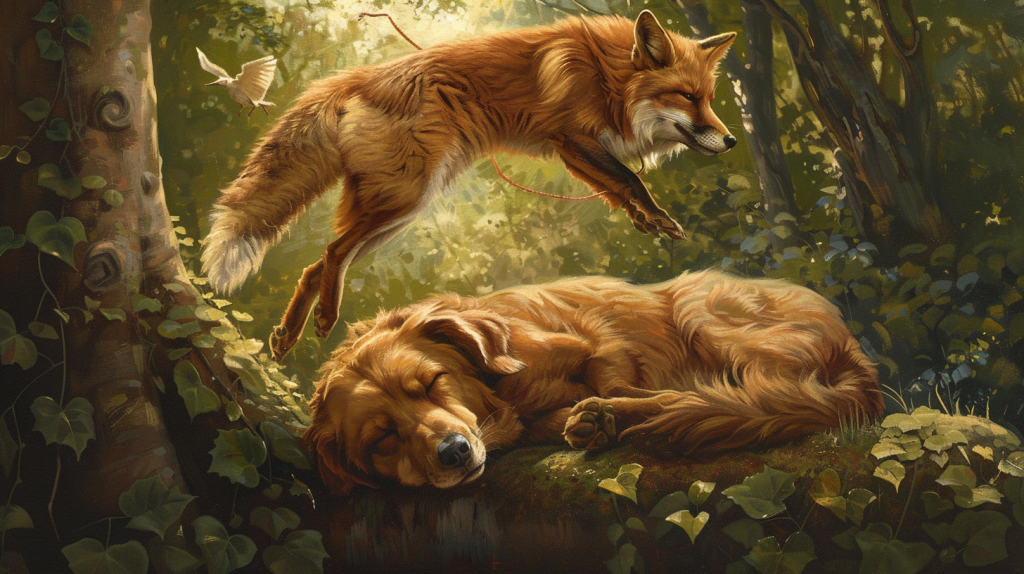
“The quick brown fox jumps over the lazy dog” is a famous sentence known as a pangram. A pangram includes every letter in the English alphabet at least once.
People often use this sentence to practice typing, test typewriters, or display different fonts. It’s brief but comprehensive.
Pangrams like this one serve as useful tools for various text-related tasks, making them fascinating and practical.
16. Scotland’s national animal is the unicorn
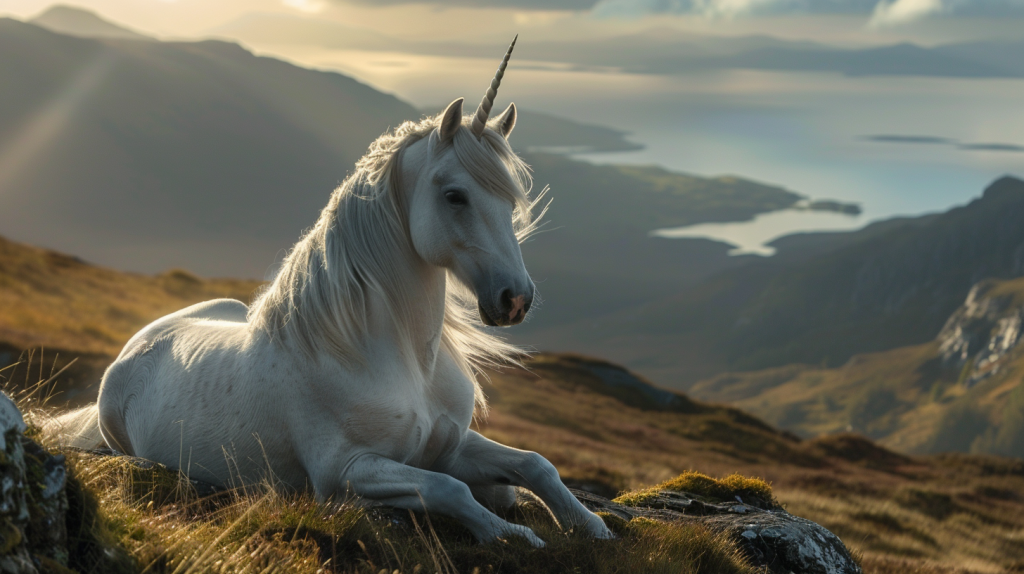
Scotland’s national animal is quite unique: it’s the unicorn. This mythical creature has been a symbol of purity and power for centuries.
Unicorns first appeared on Scotland’s currency in 1484 when James III issued gold coins known as unicorns. They became a part of Scotland’s royal coat of arms.
The unicorn represents the Scottish people’s love for myths and legends. Every April 9th, Scotland celebrates National Unicorn Day.
17. Dolphins have names for each other.
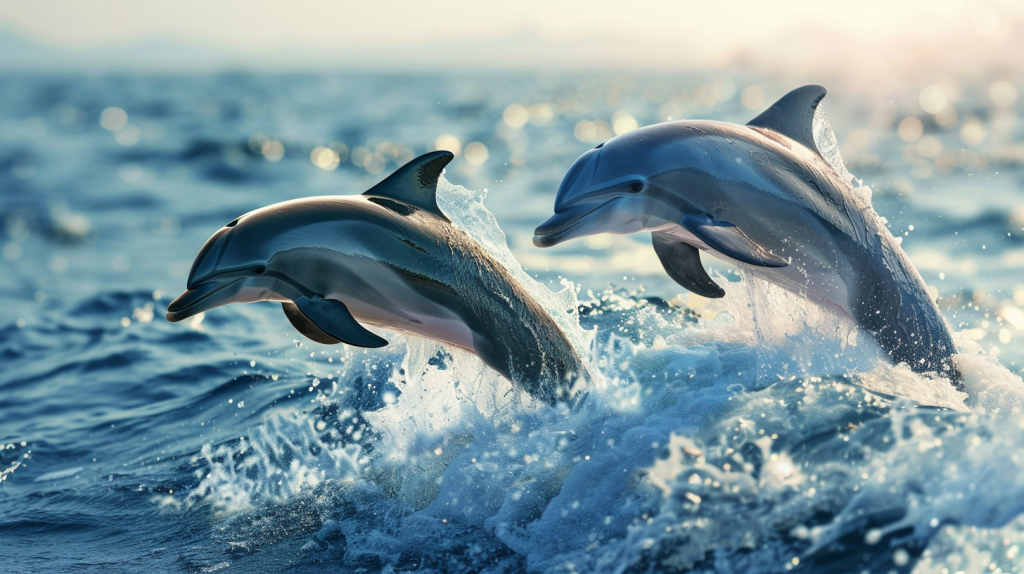
Dolphins give each other names using unique whistles. Each dolphin has a special whistle that acts like a name. This whistle helps them identify and call each other in the wild.
Scientists have tested this by playing recorded whistles. When a dolphin hears its “name,” it responds. This shows their advanced communication skills.
18. There’s a basketball court in the U.S. Supreme Court building.

The Supreme Court building has a secret most people don’t know about. On its fifth floor, there’s a basketball court famously known as the “Highest Court in the Land.” This unusual feature is true, as the court sits directly above the actual courtroom on the fourth floor.
This court is used by justices, aides, and clerks to play basketball and stay active. The space was once a storage room before being converted into a gym and basketball court. To avoid disturbing the court proceedings below, strict rules govern when games can be played.
The idea of top judicial figures playing basketball adds a unique charm to the Supreme Court building. The court has become a haven where political differences fall away, and everyone enjoys the game.
19. A group of crows is called a murder
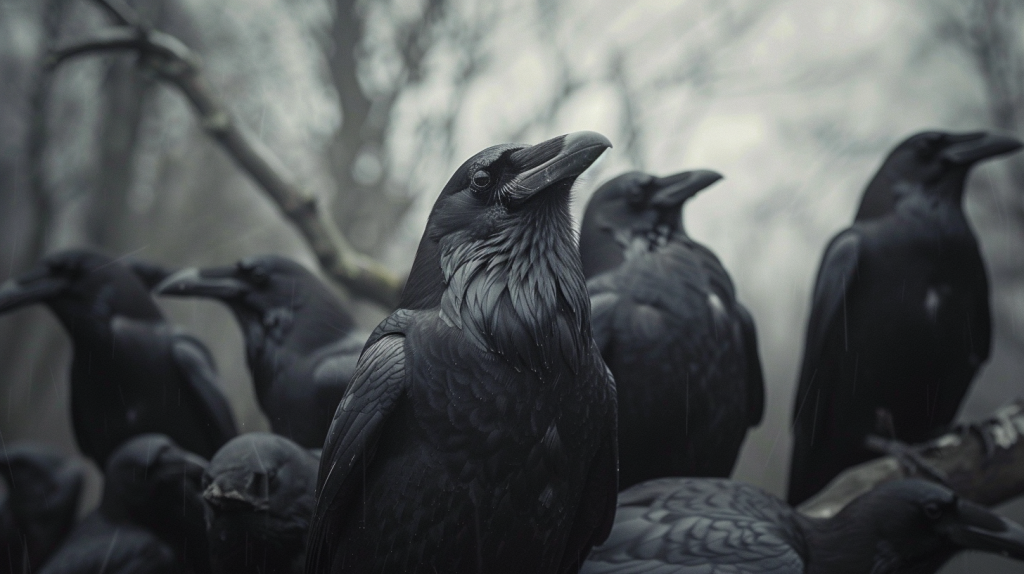
A group of crows is called a murder. This name comes from medieval times when collective nouns were often imaginative. People thought crows looked ominous.
Crows are omnivores and will eat almost anything. They live in large groups, with each crow having a specific role. They’re fascinating, incredible creatures with problem-solving skills similar to that of a seven-year-old human.
Crows are very intelligent birds and can recognize human faces. They play an important role in the ecosystem by scavenging.
20. You can’t hum while holding your nose.

When you hum, air has to pass through your nasal passages. Blocking your nostrils stops the airflow, making it impossible to produce the humming sound.
Try holding your nose and humming. You will find it doesn’t work because the air can’t escape.
This simple experiment shows how your nose and mouth work together to produce sounds. It’s a fun fact to share with friends!
I bet you tried it, too. I did when I was researching this article. I told my family, too. None of them believed me and all of them tried.
21. The inventor of the Pringles can is buried in one
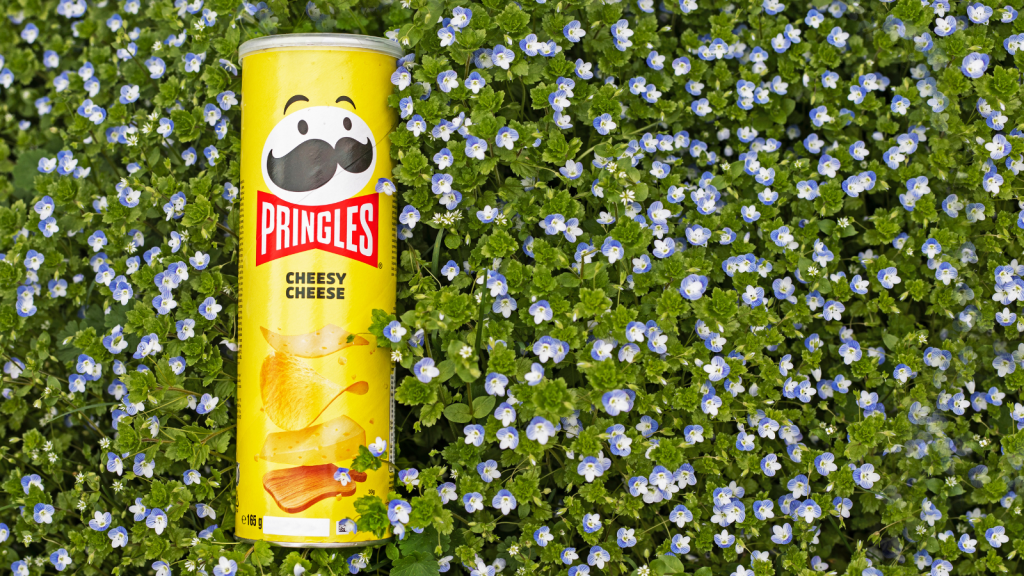
Fred Baur, the inventor of the Pringles can, wanted part of his ashes placed in one of his creations.
He designed the unique tubular container for the chips in 1966.
After his death in 2008, his children honored his wishes and buried a portion of his ashes in a Pringles can.
22. A small child could swim through the veins of a blue whale.
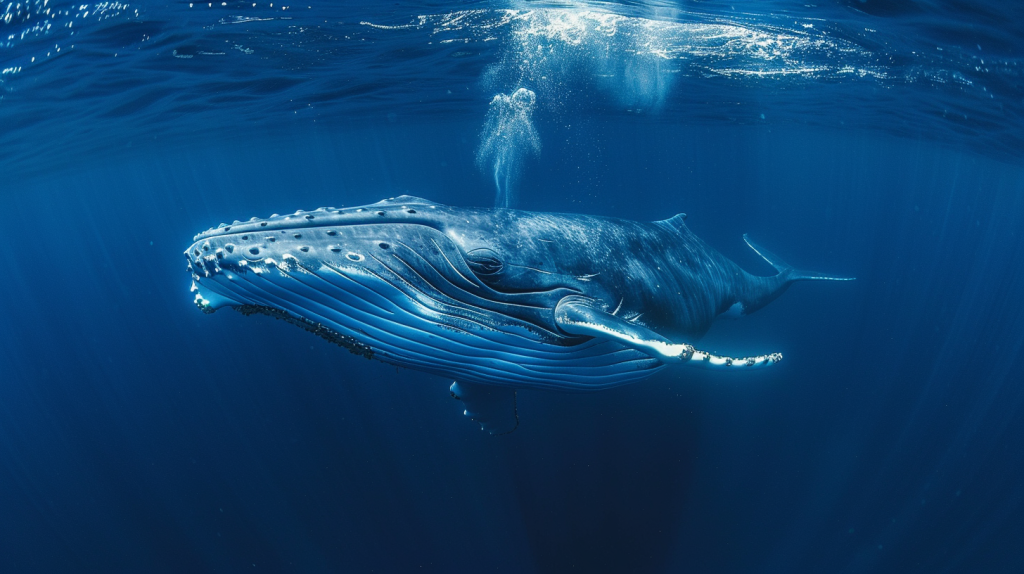
Did you know a small child could swim through a blue whale’s veins? These majestic creatures have some of the largest arteries on Earth. Just their aorta can measure over 9 inches across.
The blue whale’s heart is enormous too, weighing more than 400 pounds. It’s about the size of a golf cart. These facts put their incredible size into perspective, showcasing the true giants of the ocean.
23. Bananas glow blue under black lights
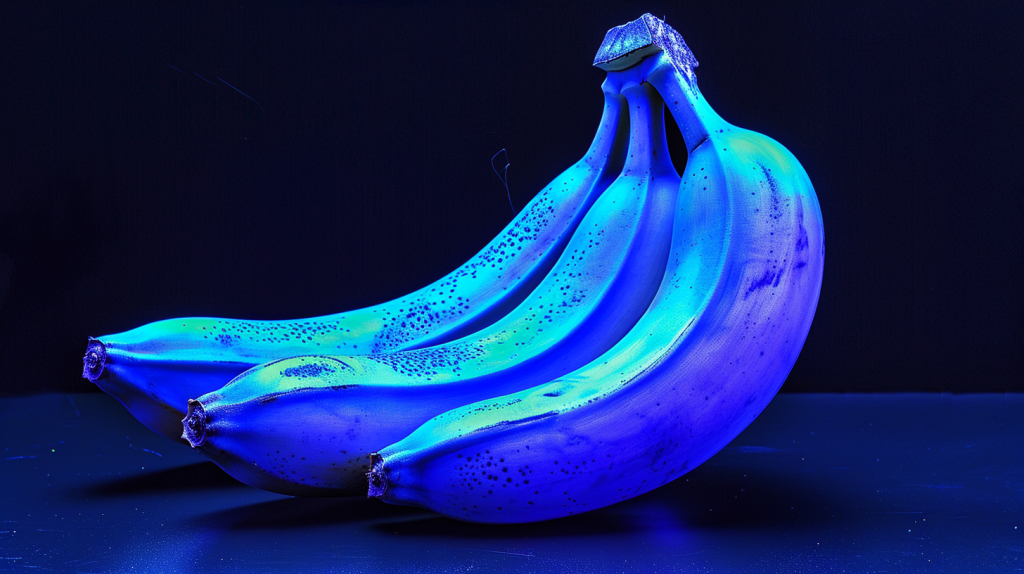
Ripening bananas have a special trick. When you shine a black light on them, they glow an intense blue. This glow is due to the breakdown of chlorophyll in the fruit.
Under normal light, bananas turn yellow. But under UV light, the compounds created by chlorophyll breakdown cause the blue glow. This was discovered by scientists at universities in Austria and New York.
You can see this amazing effect with a simple black light. Try it yourself to witness this cool phenomenon.
24. Hot water can freeze faster than cold water
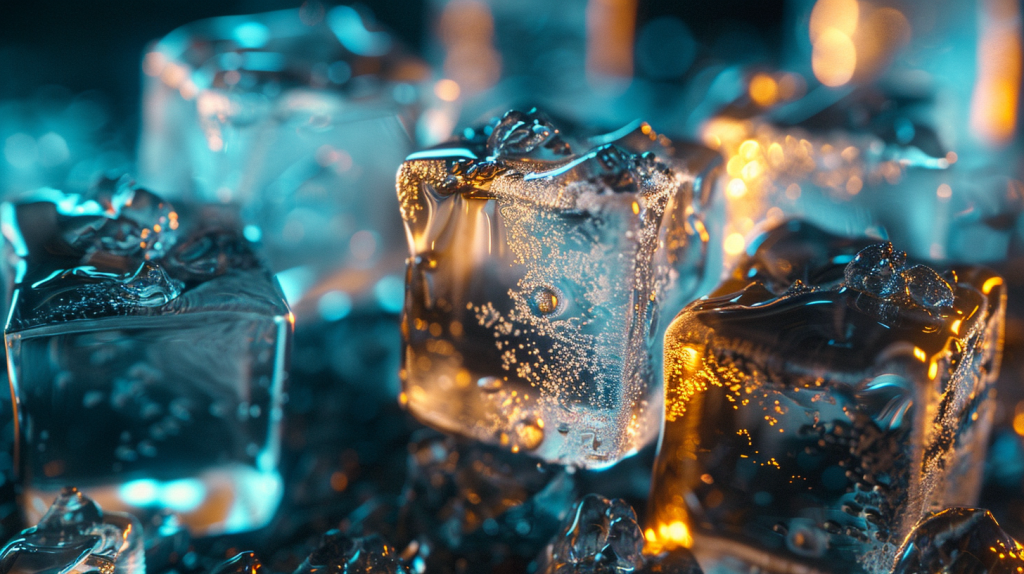
You might think that cold water freezes faster than hot water. Amazingly, this isn’t always true. This phenomenon is called the Mpemba effect.
Scientists still explore why this happens. One theory is that hot water evaporates quickly. This means there’s less water left to freeze.
Another idea is about water molecules. Hot water has extra minerals. These minerals can cause the water to crystallize faster.
This effect has been debated for years. Some experiments show clear results, while others do not. The exact reason remains a mystery.
Katy Willis is a writer, master herbalist, master gardener, and certified canine nutritionist who has been writing since 2002. She’s finds joy in learning new and interesting things, and finds history, science, and nature endlessly fascinating.
